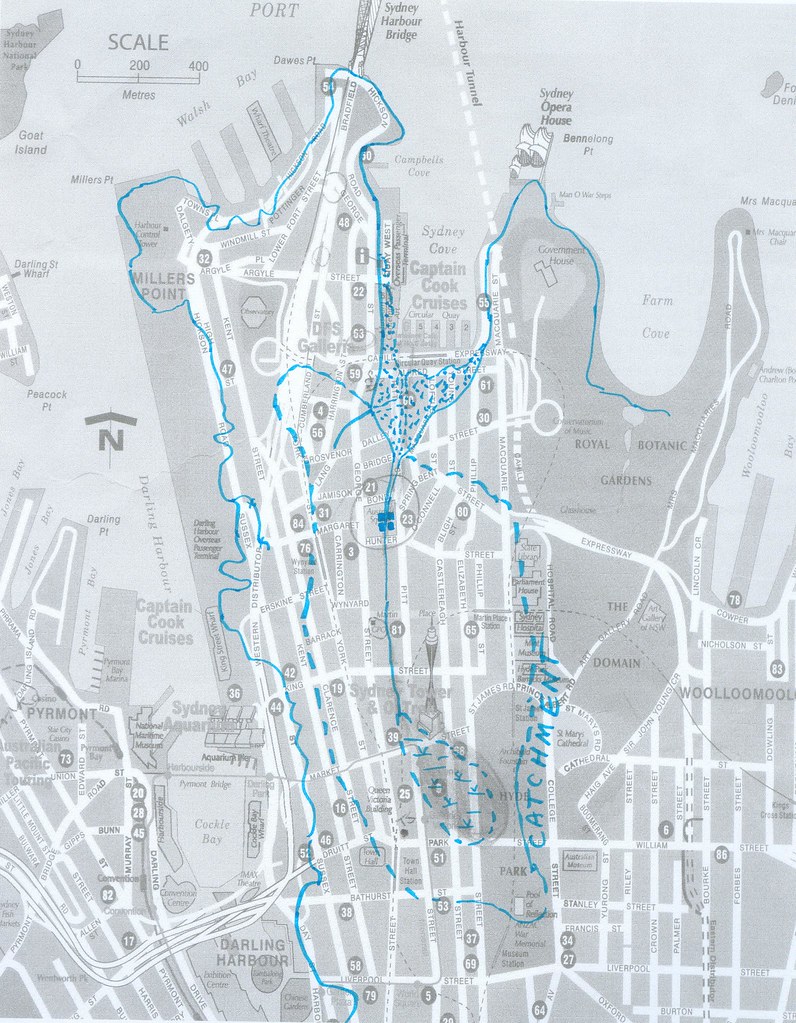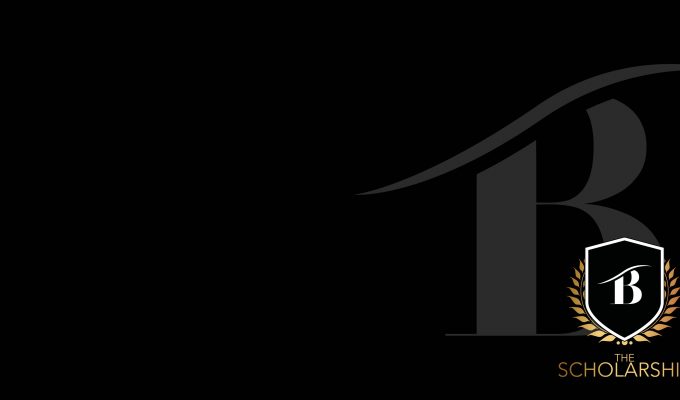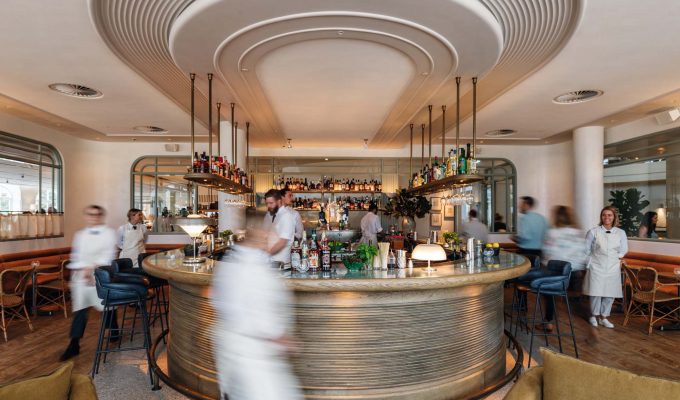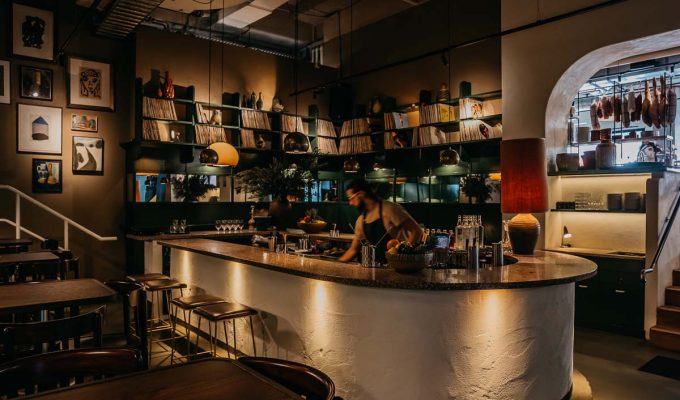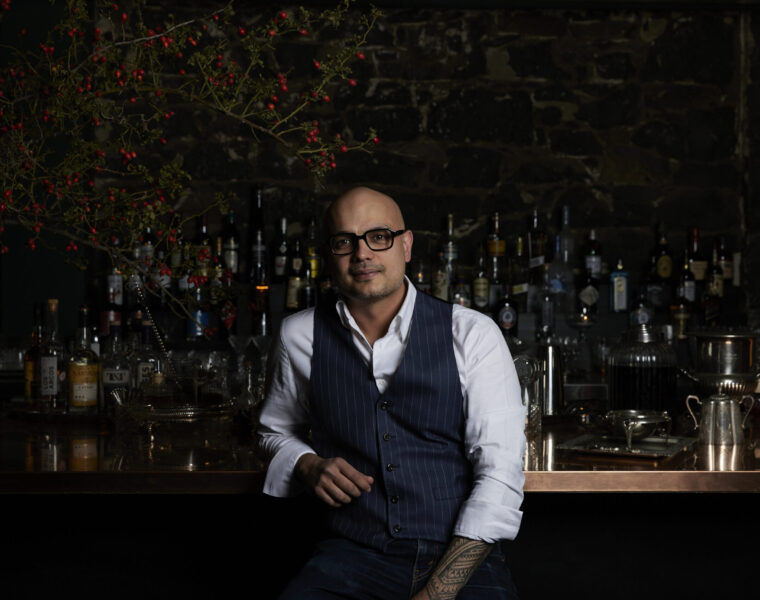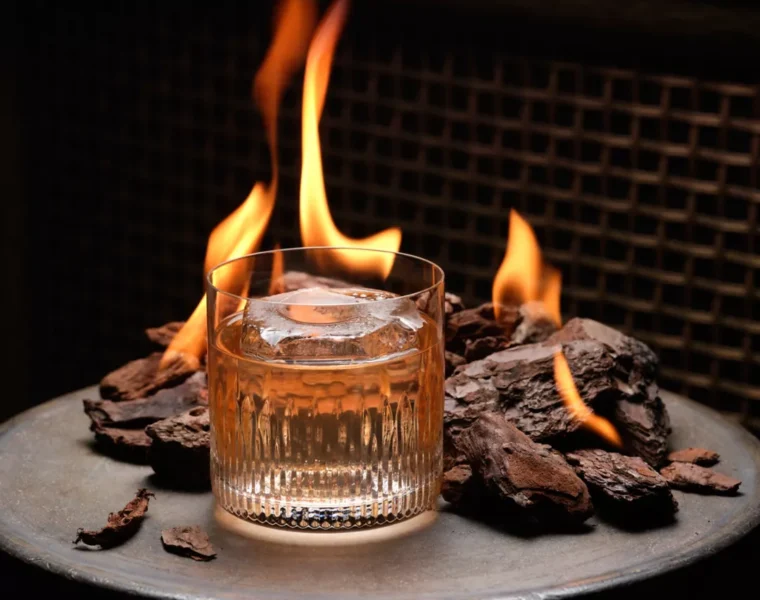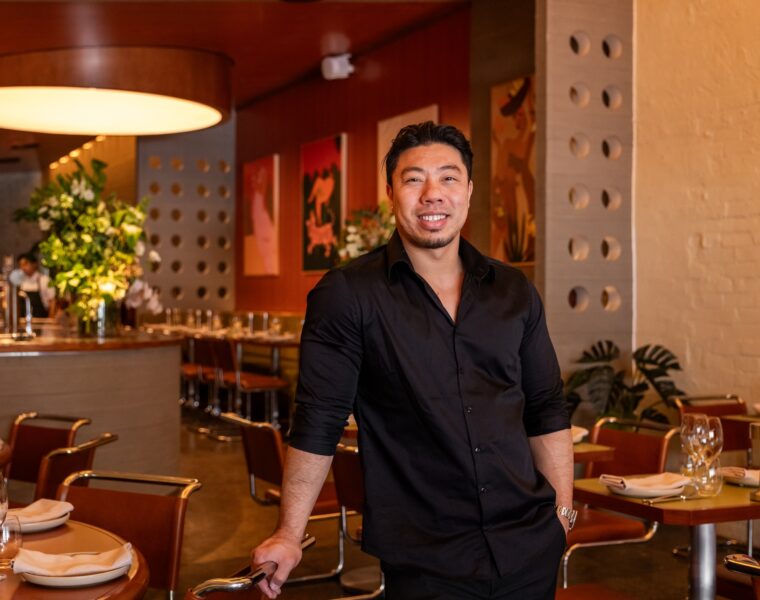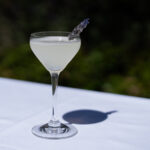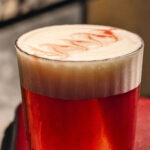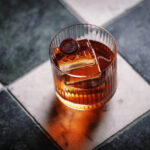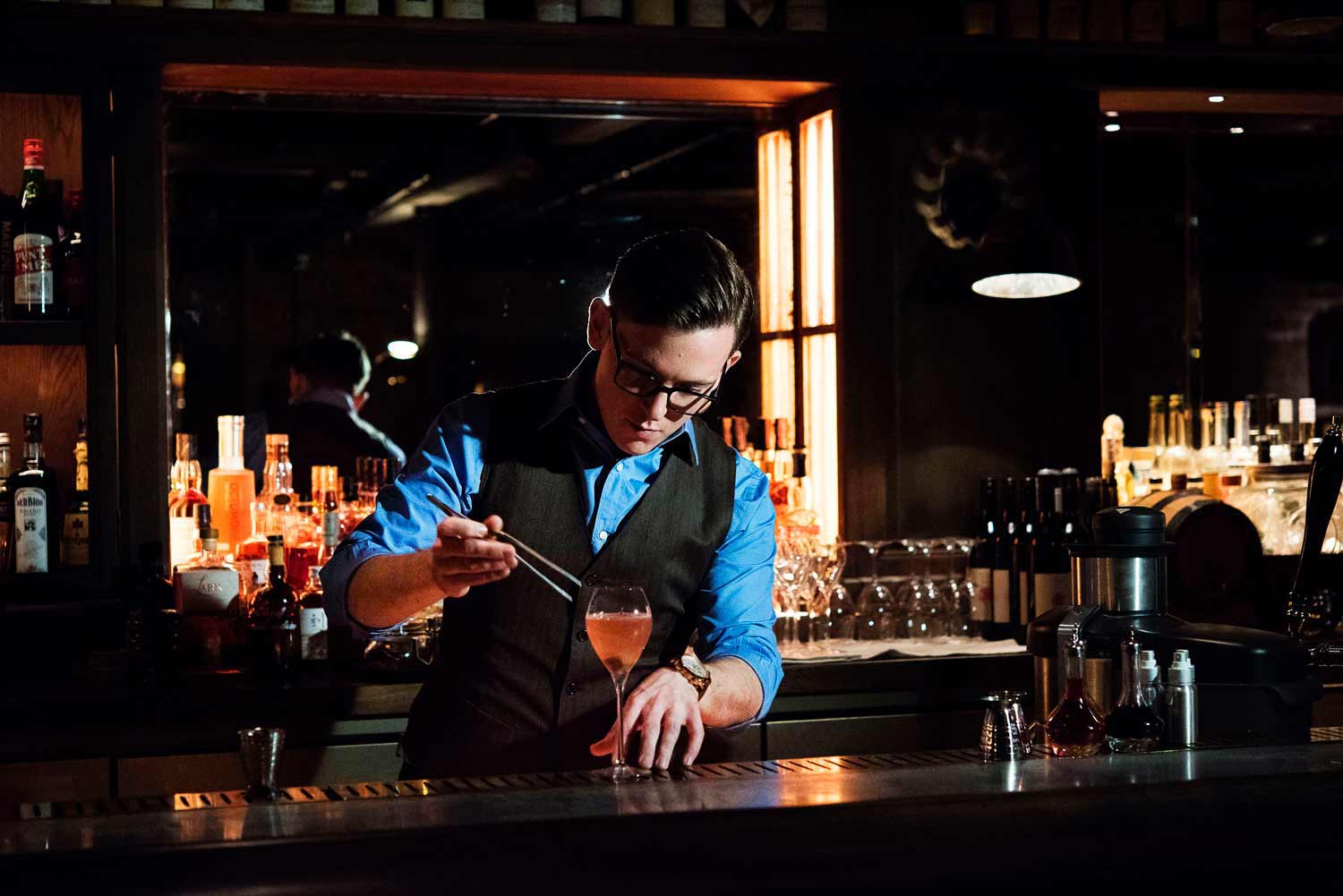
Story by Sam Egerton, Merivale Group Bars Manager
I have always loved beer; it’s my desert island beverage. I cannot think of a more refreshing way to see out the end of days in the tropics, with Wilson in tow. To date, that knowledge has been surface level at best. Is it delicious? Of course! Is Kölsch ale or a lager? That’ll need some work. To that effect I have started on a journey to learn as much as I can, and hopefully along the way I can share those insights with you.
What better place to start than in our own backyard. While relative newcomers, we have definitely done our bit for the brewing world. The landscape of beers in Australia has never been more exciting; with 740 active breweries, and only 6% of that number captured by the biggest brewers, there is now a beer for every occasion. While early zythophiles had less choice on offer, every story needs a beginning. So here is ours.
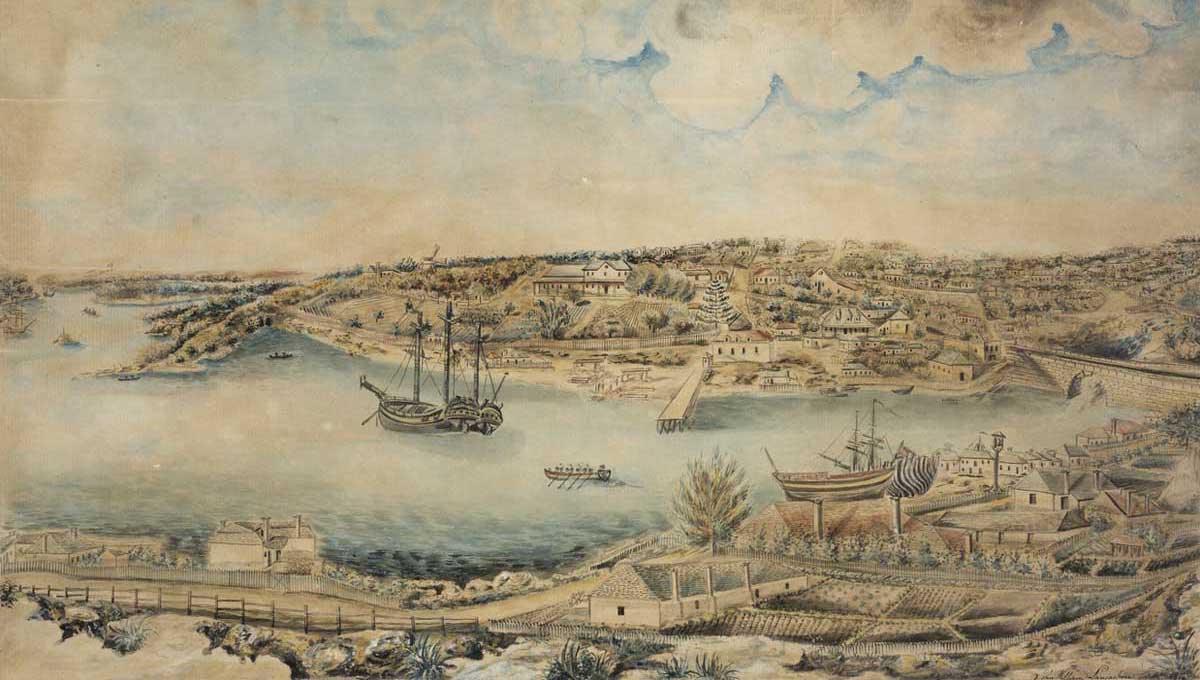
Prior to the British arrival more than 500 indigenous groups inhabited the Australian continent, with populations of more than 750,000 people. Brewing was not foreign to the first Australians, with Way-a-linah (a cider like beverage made from the gum of Eucalyptus from lutruwita [Tasmania]) one known example. In the decade that followed the arrival of the first fleet, the number of the indigenous population was reduced by 90 per cent with disease, settler acquisition and direct conflict to blame. To acknowledge the traditional owners and ongoing custodians of the land locations mentioned will be referred to in both their first names and those that replaced them.
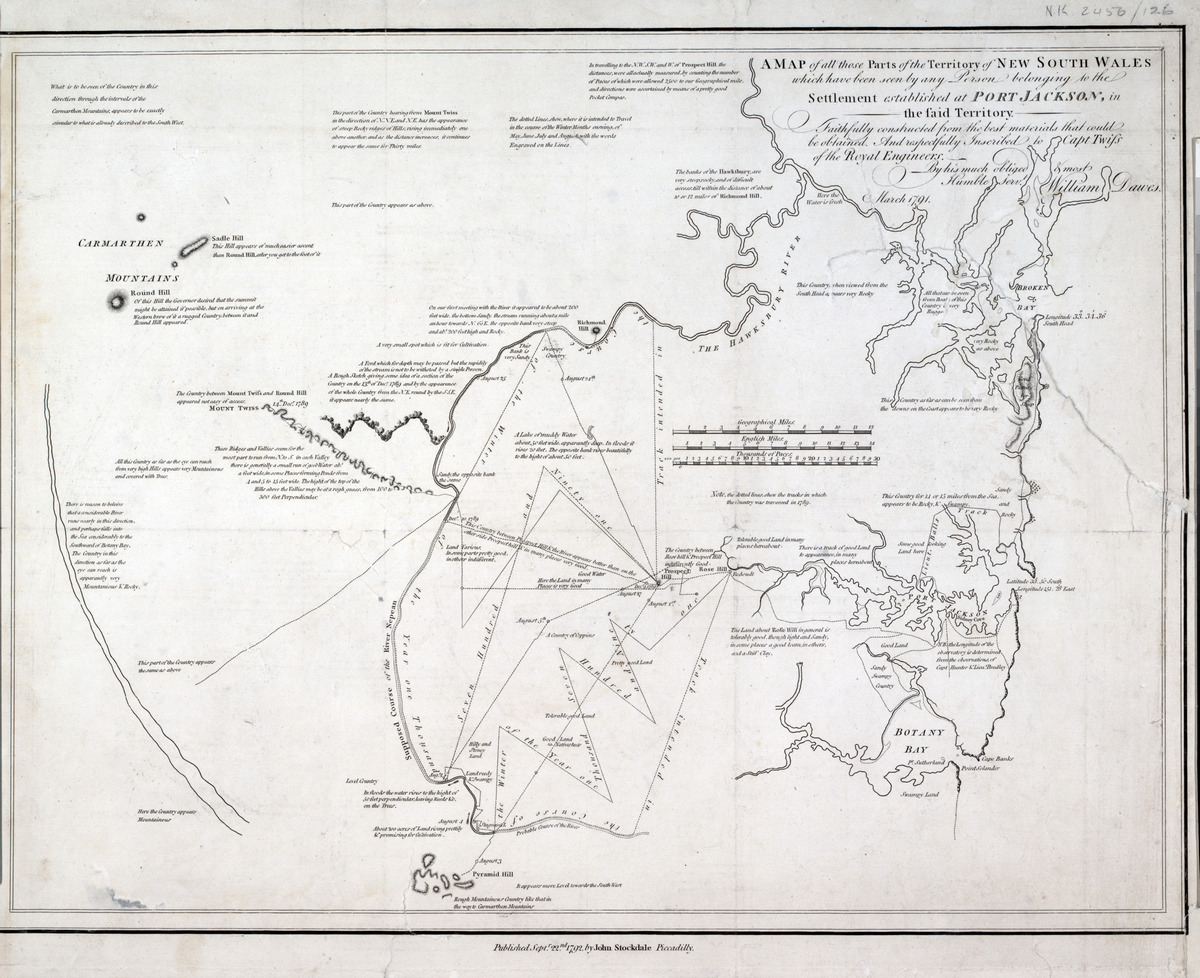
British beer and brewing arrived with the first fleet, with the landing in Boree (North Head) celebrated ‘with success to the Colony was drank in four Glasses of Porter, after which a feu-de-joie was fired & the whole gave three Cheers’. Once settled, the earliest arrivals saw the need for a locally grown brew, There have been two names with claim to the crown of Australia’s first in the business of beers, names that can be found on the taps or bottle shops of pubs across the country – James Squire and John Boston.
Born in Kingston upon Thames in Surrey, England in 1754, James Squire was convicted on 11 April 1785 for theft and sentenced to seven years. He arrived with the first fleet aboard the Charlotte in Ka-may (Botany Bay) on the 18th January 1788. After finishing his time as a convict he established The Malting Shovel in 1798 near Wallumedegal (Kissing Point, Ryde – present day Belmore Street). Squire may have started brewing in Wallumedegal in 1792, and provided evidence in 1820:
‘I have been in the Colony from its earliest establishment and for 30 years I have been a brewer. At first I lived in Sydney, and brewed beer in small quantities. I sold it then for 4d per quart and made it from some hops that I got from the Daedalus. I also brewed for General Grose & Col. Paterson for their own consumption from English Malt. I have been established at Kissing Point as a Brewer for 28 years, and have brewed beer from Indian corn and Colonial Barley.’
John Boston came to the colony as a free settler, aboard the Surprise on the 25th October 1794, with his wife and three children. A self-proclaimed man of many talents, with ‘a knowledge of brewing, distilling, sugar-making, vinegar-making, soap-making’. He started brewing in July of 1795 in a town house in Eora (Sydney) on O’Connell Street, not far from where Restaurant Hubert sits today.
The challenge for all brewers at this time was regular access to quality barley and hops, with the trip back home a substantial one. An adequate supply of malt and hops arrived aboard the Daedalus at the end of 1792 corroborating Squires claim. In 1796 imported Porter was being sold at two shillings a bottle by comparison to ‘beer made in Sydney’ for one shillings and six pence which ‘was brewed from Indian corn, properly malted, and bittered with the leaves and stalks of … the Cape gooseberry.’ The attempts at substitutes for hops never took hold and early brewers in Australia focused on growing local hops from 1800 to 1820, with sporadic supply via ships maintaining the fledgling industry. Squire started his foray into hop growing in 1802, reporting the early stages of success by 1806.
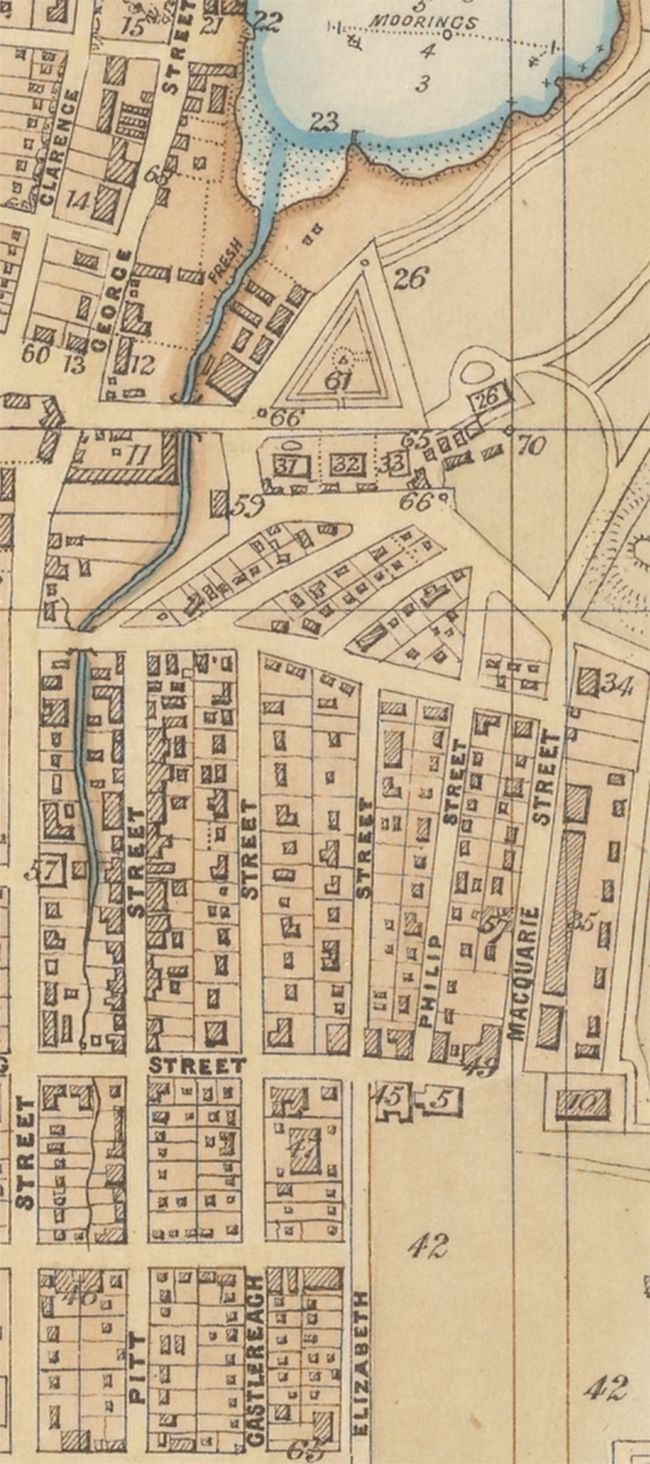
Boston pioneered the use of maize in brewing, which was plentiful, cheap and easier to manage during malting and brewing than colonial barley. Maize and wheat were more efficient in beer yield with eight bushels being required to produce a hogshead (240 litres) of beer by comparison to the colonial barley, which required ten. Squires took the approach of brewing from locally grown barley in winter and maize in the warmer months.
His early beers used wheat and maize providing the bulk of fermentable material, with the addition of cane sugar. Although the practise had its critics, the resulting colonial ale proved a winner with the early settlers. This hazy style of ale continues today with Coopers Sparkling Ale one of the last remnants of a uniquely Australian beer. Made with malted maize and sugar, and available all year round under weather conditions typical of Eora, the popular colonial style of beer was likely a far cry from the craft beer available to today’s palate.
The majority of beer would have been ale, with local porter arriving with the second wave beyond 1820. The colonial beer popularised by Squire and Boston was made from malted maize and brewed with the addition of cane sugar. It was full-bodied, sweet, and corny with alcohol content not dissimilar from today’s Australian lagers (4.5-5%). It would have been cloudy, brown with questionable hop characteristics due to the supply challenges of the time. While this less than appealing brew had its share of detractors, by 1821 the annual consumption of colonial beer was 11 gallons per head by comparison to 1 gallon of imported beer.
The use of cane sugar in British brewing was legalised in Britain in 1847, and maize and rice were introduced in 1880 to act as adjuncts (an un-malted source of fermentable sugar). The introduction of maize and rice addressed the issue of beer haze from the newly developed barley while still delivering a beer with acceptable level of alcohol and a full body that the consumers expected. The Bavarian Reinhetsgebot (Purity Law of 1516) restricted brewers to only use barley and wheat.
The introduction of maize and cane sugar in brewing was the first major Australian contribution to the global brewing industry, with up to 50 per cent of the beer made in Victoria in the 1880s made up of sugar. The use of adjuncts in brewing in the 21st century is considered commonplace with some of the worlds biggest brands utilising them for a variety of reasons and desired outcomes. If not for the resourceful nature of the early brewers of Australia answering to the clamour of a thirsty settlement brewing across the world may have looked quite different.
